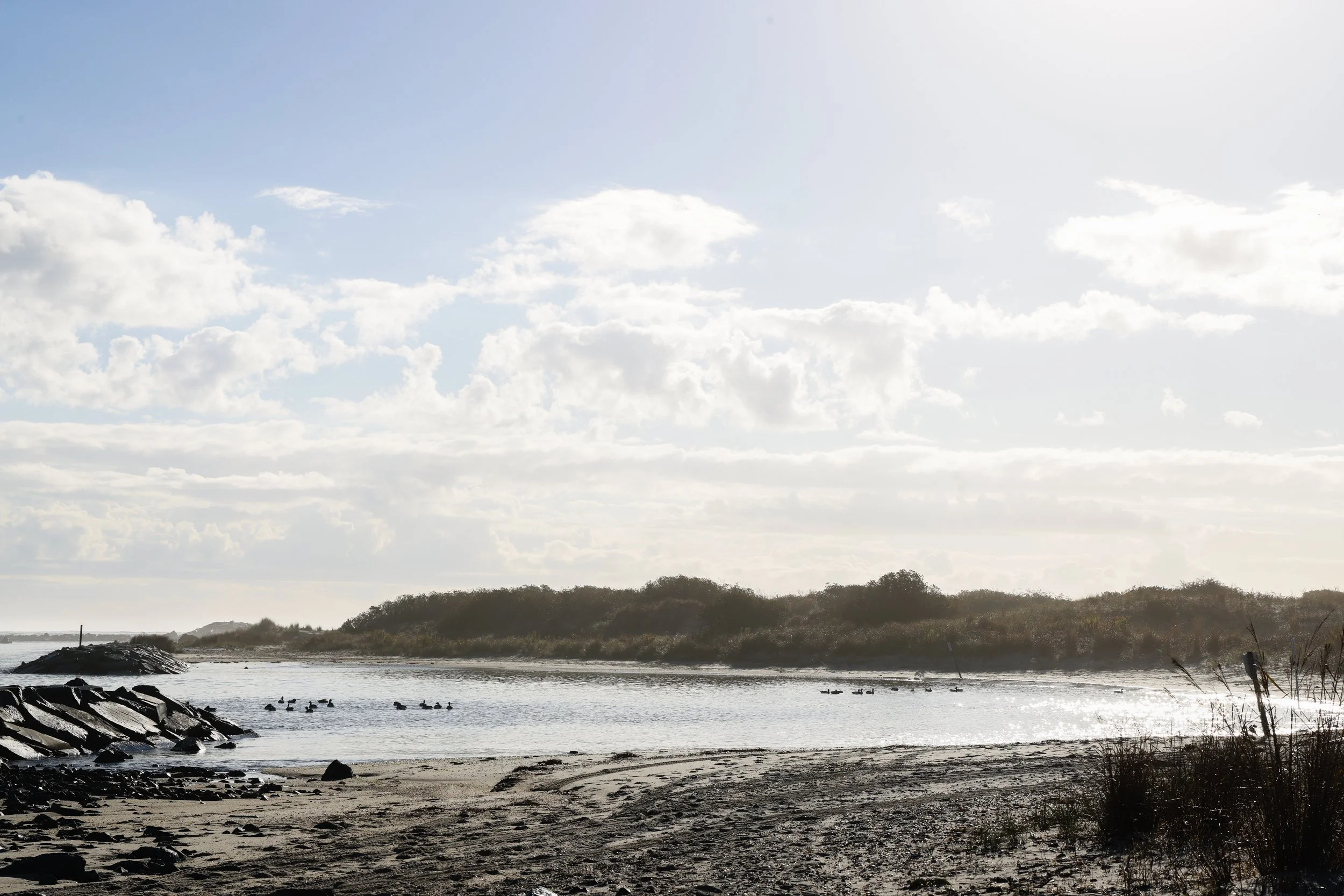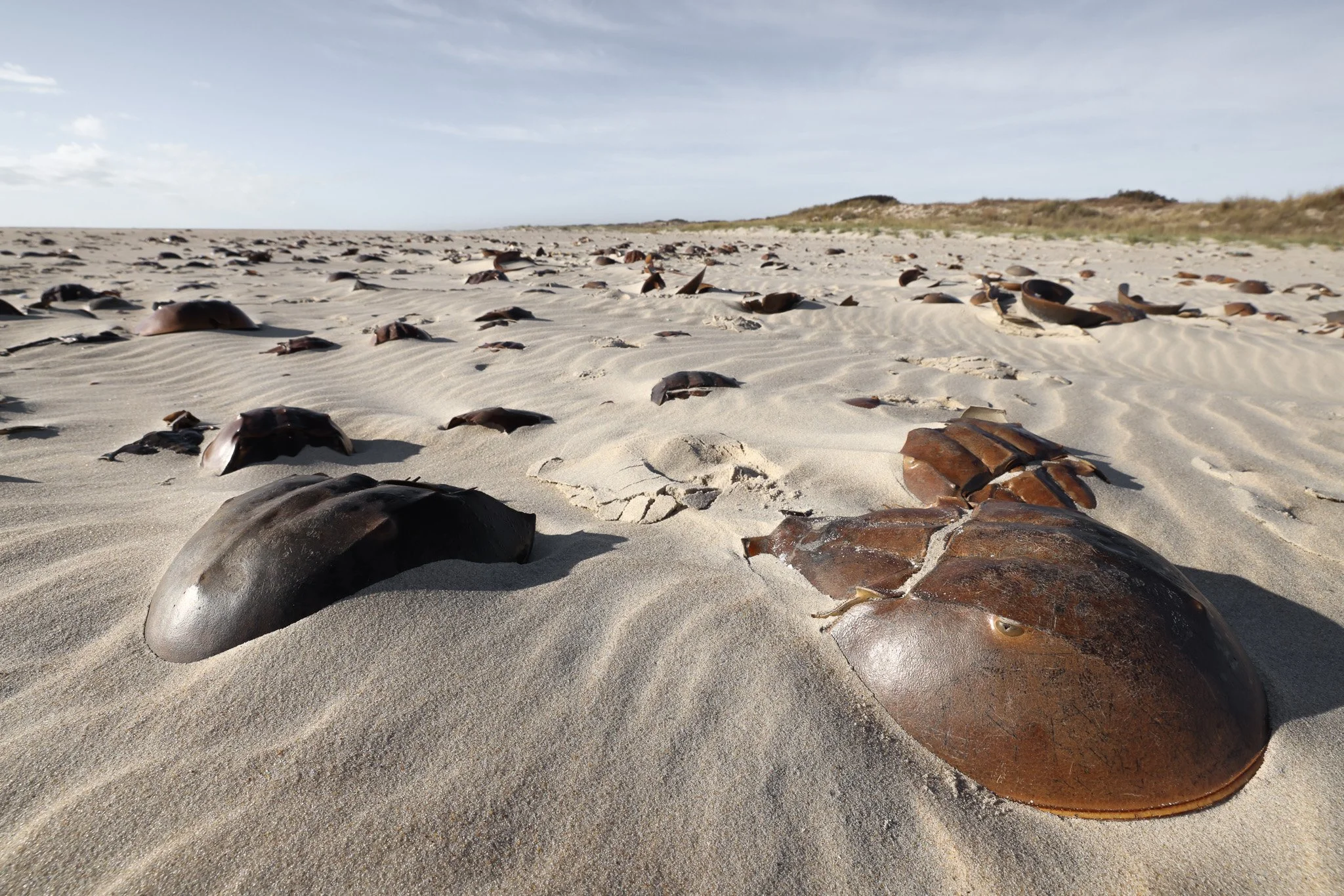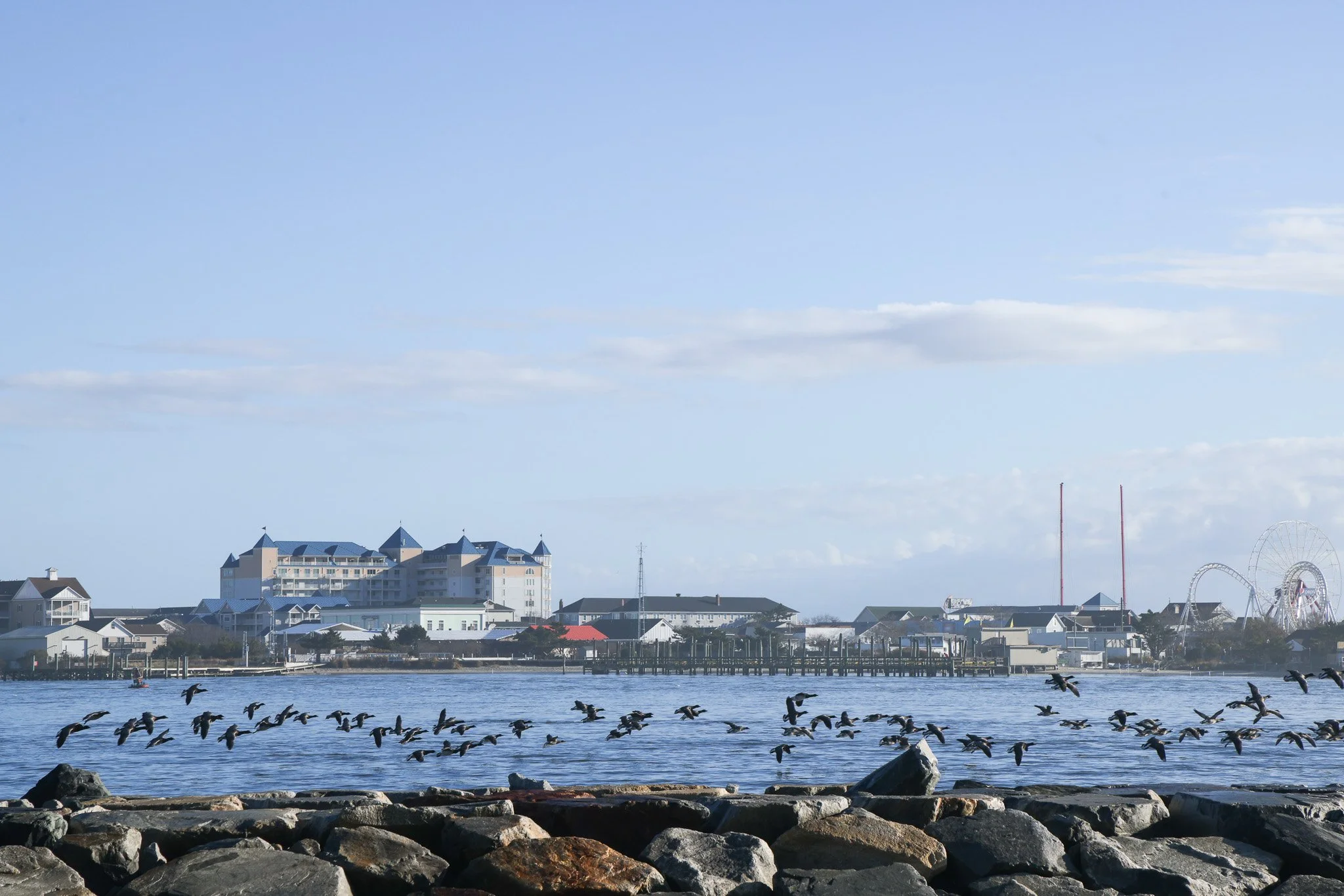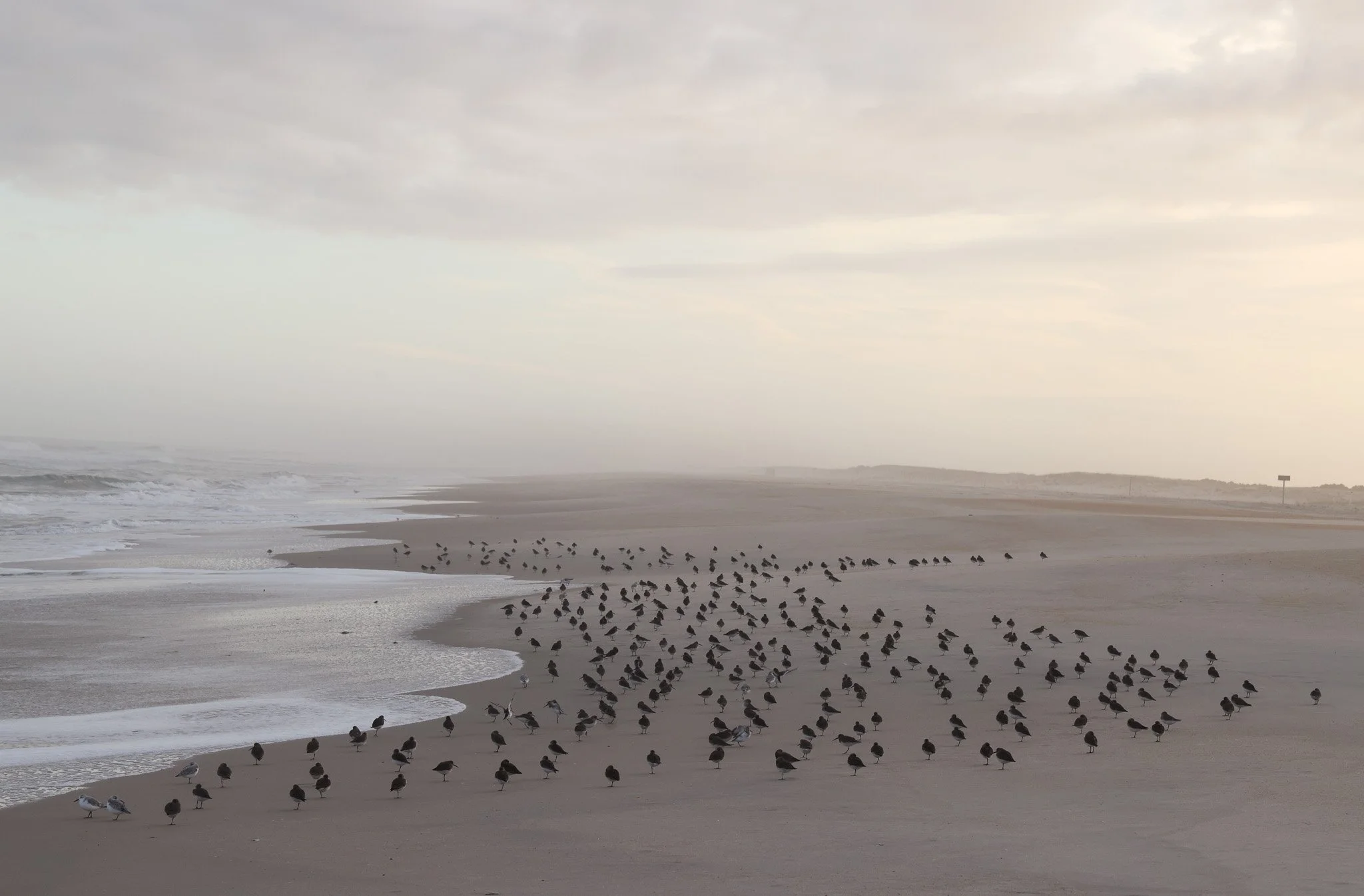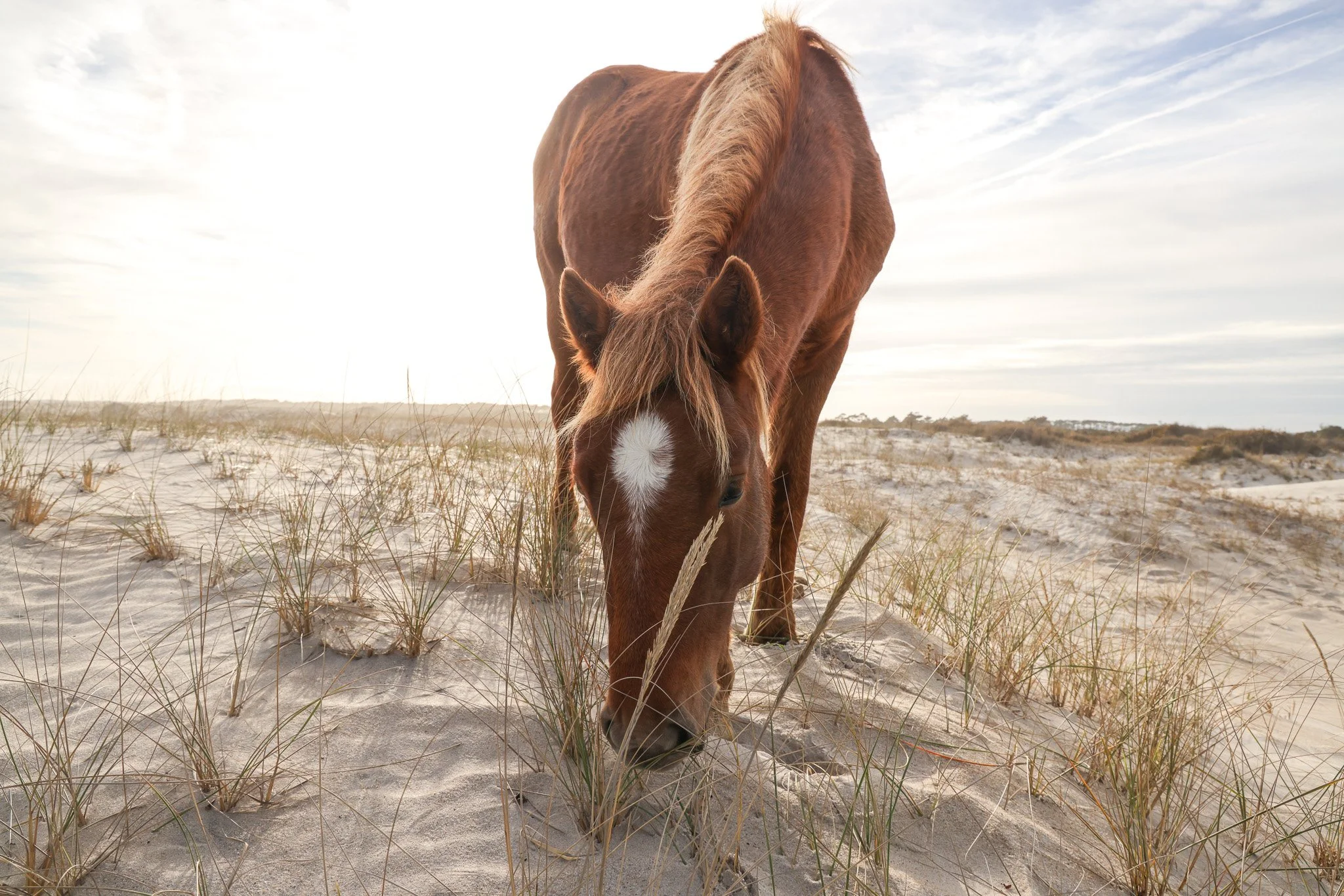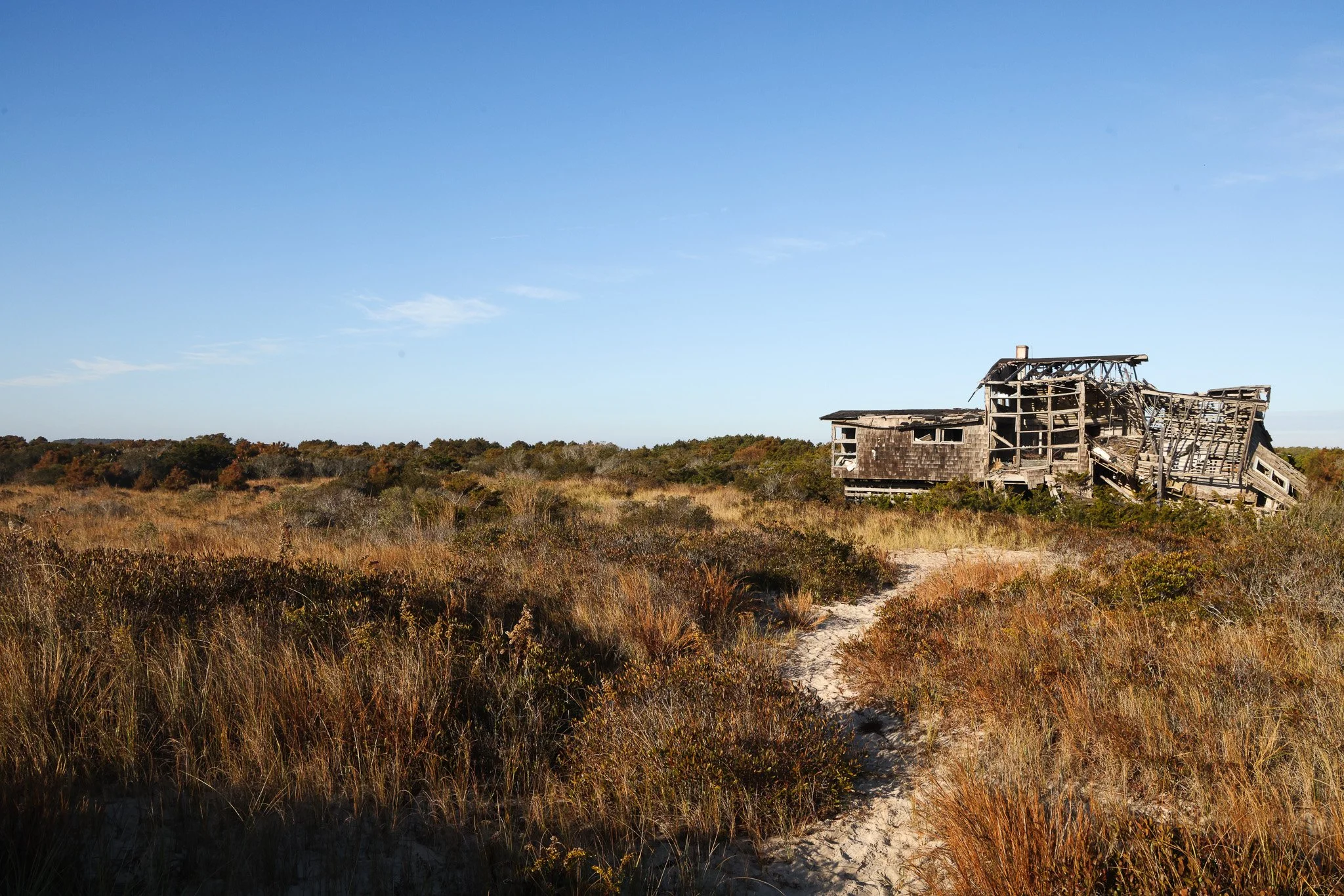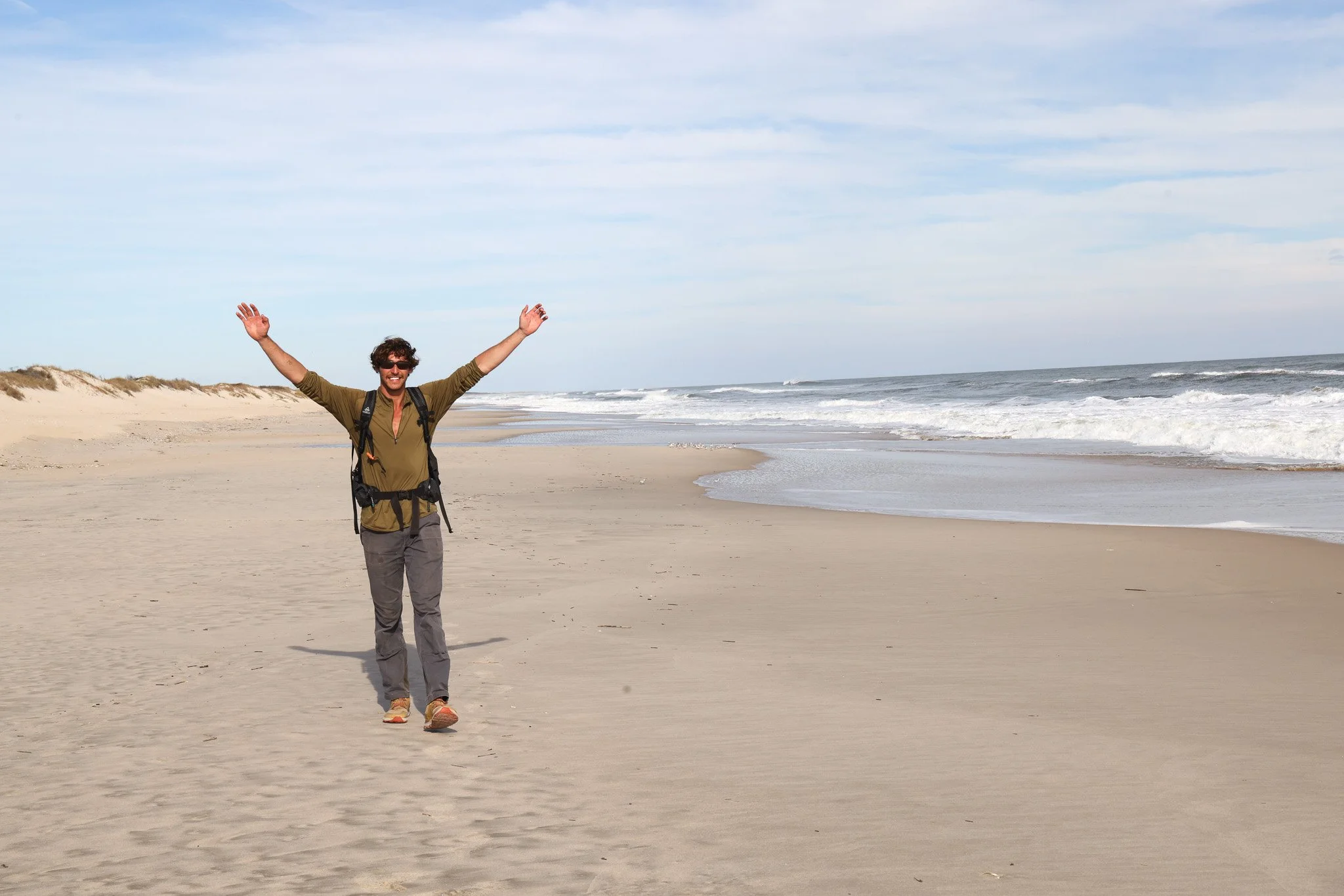Assateague Island
I recently walked the entirety of Assateague Island, from Maryland to Virginia. As I ambled through the broken remains of countless horseshoe crabs, I couldn’t help but feel a deep sense of nostalgia for this place. This is where I grew up, and this desolate expanse of sand holds more of my most defining memories than anywhere else on Earth.
As a kid, I often marveled at the stark contrast between this empty, windswept beach and the bustling, umbrella-strewn mayhem just across the channel, barely a stone’s throw away. In 1933 the Chesapeake-Potomac hurricane carved out the inlet that now separates Assateague from Ocean City. Ever since then, the north end of the island has only been accessible by boat or an eight-mile hike from the bridge to the south.
The old fiberglass poke boat lying in my grandparents' beach house basement was the ticket to explore this lonely coastline. However, for most of my childhood, I wasn’t strong enough to lift it on my own. It wasn’t until I turned 14 that I could carry it down the street and set off from the tiny stretch of sand we called “Little Beach” at the end of the road.
At the peak of my fitness, I could paddle across the bay in just under five minutes. A five minute workout that left me sweating and panting as I slid up onto the sandy shoreline across the bay. Now, on the eve of 30, that same poke boat felt light as a feather as I carried it down the street and set off once more.
My plan was to start at the north end, walk about 20 miles south along the beach, spend the night sleeping under the stars, and then walk the remaining 17 miles to Chincoteague the following day. I brought very little. A few peanut butter sandwiches, some trail mix and a bag of tortilla chips were all I had to eat and I carried a gallon jug of water that I planned to fill again when I passed the park entrance. I was used to sleeping on the sand after countless nights camped among the dunes as a boy. Back then, I’d sometimes bring only a bedsheet, waking up cold, covered in no-see-um bites, and with sand in my ears. This time, at least, I had a sleeping bag.
The day couldn’t have been more beautiful—a balmy 71 degrees in November, blue skies, very little wind. I walked shirtless and gave thanks to the cold snap from the week prior. The bugs were gone for the season now. The Horse flies, mosquitos, black flies, and midges, all in hibernation for the winter, waiting for the spring to emerge again in blood sucking fury.
I passed familiar sights, each one stirring memories. Flocks of shorebirds flitted along the water’s edge, probing the wet sand for specks of protein. Tiny etchings in the sand marked the hurried paths of ghost crabs, while fox tracks lingered where the wind had yet to sweep them away. Offshore, dolphins rode the rolling waves, their sleek bodies breaking the surface in playful arcs. The dunes I once tumbled down as a kid still stood, including the one I had grandly named “the highest point on Assateague”—a towering 14 feet above sea level.
You may know Assateague Island for the wild horses that inhabit this land. A visitor might easily spot one of these majestic creatures grazing on either side of the road immediately after crossing the bridge. On the north end however, horse sightings are more rare. Some years I wouldn’t see them at all until later in the summer when a herd or two meandered north to look for fresh untouched beachgrass. Now it was November and I didn’t have much hope of seeing a horse until I made it south to the national park entrance where I knew they would be congregated for the winter. One particular mare had made a lasting impression on me and I remembered how she would touch her nose to my shoulder as I stood beside her. I had named her Lucy. Almost 10 years had passed since I had last seen her and I doubted she would recognize me now after all this time. As I passed the park entrance I approached each horse and looked for the splotch of white on the forehead that gave Lucy away. I never did find her.
I spent the first 15 miles walking barefoot. Around mile 10, I started feeling pain in my feet, and by mile 15, I finally gave in and put on my shoes. I had never walked this far on sand before, and it turns out, sand is very demanding on the feet. It gets between the toes, spreading them apart with each step. By the time I relented and slipped into my shoes—shoes I had almost decided not to bring—my feet were swollen and aching. The last few miles were slow, and by the time I called it a night, I had already been walking in the dark for several hours. I found a stretch of softer sand between the dunes, laid down my sleeping bag, ate several peanut butter sandwiches, and fell asleep.
I woke in the night to headlights illuminating the sand around me. A truck was parked about 50 feet away, idling with its lights on. My first thought was that a ranger had found me and I was about to be busted for camping without a permit.
But as I lay still and nothing happened, it dawned on me that I was hidden in the shadow of the dune behind me. Whoever was in that truck had no idea I was there. I watched as a man stepped out and rifled through a bag he had pulled from the cab. When he walked in front of his headlights, I got a clear view of him and immediately understood what was happening.
Dressed head to toe in camo, he was a hunter. He locked his truck, tossed a gun over his shoulder, and started walking toward me, flashlight in hand. I lay with just my eyes peeking out from my sleeping bag, waiting for him to see me.
He slowed to a stop. I could see his light moving up and down with his breath as he stared in silence at the shadowy figure lying before him. Slowly, he inched forward. I decided I had to say something. I sat up quickly. His light jumped, and he shouted, “Whoa!” I shouted back, “Don’t step on me!” and added, “You just happened to walk up on me while I was sleeping!”
Realizing what had happened, we had a quick exchange. He explained that he was heading to the bayside of the island to hunt ducks. He apologized for waking me, we both laughed about it, and then he continued on toward the salt marsh, home to a myriad of waterfowl. Sometime later, before sunrise, as the first faint glow lit the horizon, I heard several gunshots in the distance. I wondered if he had been successful.
That morning, a large swell rolled through the water, and I marveled at the barreling waves racing down the beach. In the years since I left Maryland, I had spent time in Indonesia and Sri Lanka, learning to surf, and now I promised myself I would return here one day with a board to ride these unridden waves. I passed an abandoned building surrounded by fox tracks in the sand. I named it “Surf Fox Ranch” and continued south toward Chincoteague.
Several hours later, I finished the hike. My sunburned face smiled more in the days that followed, filled with appreciation for this beautiful island. Now, I give thanks to this spit of sand that miraculously stays put against the onslaught of ocean driving against it.
Thank you, Assateague Island.
